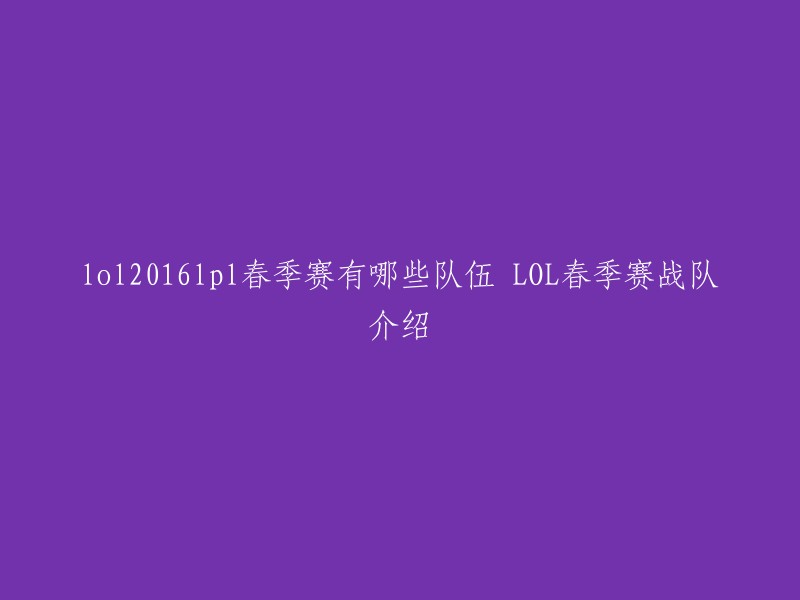Jim, you've travelled abroad quite a bit, so I was wondering if you could tell me about the customs clearance process when you arrive in a new country?
B:Absolutely. When you arrive in a country, you'll need to go through customs. In many countries, there are two main channels for this - the green channel and the red channel. Some countries, like India, even have three channels: the white channel, the green channel, and the red channel.
A:So what exactly is the difference between these three channels? And how does it affect travelers like us?
B:The difference lies in the items that you're carrying with you. If you're bringing in more than your duty-free allowances or any prohibited goods, then you'll have to go through the red channel and declare these items to a customs officer. However, if you don't have anything to declare or if the officer doesn't ask you to stop, then you can simply proceed through the green channel without any further issues.
A:Got it. I see that we also need to state the purpose of traveling to a certain country, is that true?
B:Yes, that's correct. It's important to let customs know why you're traveling to that particular country and for how long you'll be staying there. This information is typically required when entering the country through the border control point or airport.
:That's right. People go aboard for different purposes: some for pleasure, some on vacation, some on business, and some for other purposes.
A:I understand. I heard that when entering a country, it is required to state the purpose of your trip. Is that correct?
B:Yes, that's true. When you enter a country, you are usually asked about the reason for your visit.
A:My purpose for traveling to New Zealand is sightseeing. What should I say if they ask me about my trip?
B:Just tell them that you will be visiting New Zealand for sightseeing purposes.
A:Alright, I will do that.






